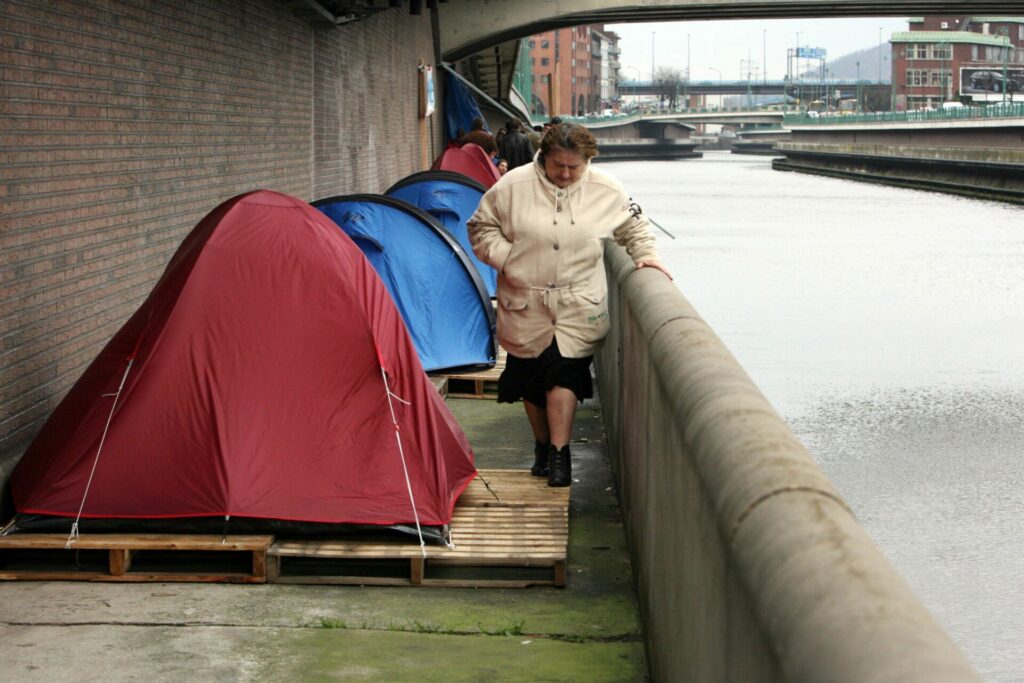In 2023, around 94.6 million people in the EU (21.4% of the total population) faced the threat of poverty or social exclusion, the European statistical office Eurostat reports. Belgium, meanwhile, fell below the 20% mark.
Last year, some 5.5 million people were living in households which simultaneously faced the three risks of poverty and social exclusion: disposable income below the poverty-risk threshold, severe material and social deprivation, and very low work intensity.
Regarding gender, the risk of poverty or social exclusion in the EU was higher for women than for men (22.4% compared to 20.3%). In terms of age, the highest risk of poverty or social exclusion was recorded for young adults aged 18 to 24 (26.1%), while the lowest risk was recorded for adults aged 25 to 49 (19.7%), according to Eurostat.
In addition to gender and age, the level of education has a considerable impact on the risk of poverty or social exclusion. At EU level, over a third (34.5%) of all people aged 18 and over with a low level of education were at risk of poverty or social exclusion.
Furthermore, over a fifth (22.4%) of people living in households with dependent children in the EU were at risk of poverty or social exclusion. This is slightly higher than the respective share of households without dependent children (20.4%).
Related News
- Poverty in Brussels: One in ten suffers from severe housing deprivation
- 'Triangle of issues': The domino effect of poverty, addiction and mental illness in the Northern Quarter
In 2023, the risk of poverty or social exclusion in the EU was 11.3% for employees and 18.7% for pensioners. It was almost two thirds (66.3%) for the unemployed and 43.2% for other inactive people, i.e. those who, for reasons other than retirement, were not working or were unemployed.
Nevertheless, Eurostat noted that these rates vary considerably between EU Member States. Romania (32.0%), Bulgaria (30.0%) and Spain (26.5%) reported the highest proportions of people at risk of poverty and social exclusion in 2023. In contrast, Finland, Slovenia and Czechia reported proportions below 16.0%, while the overall average for the EU stood at 21.4%.

